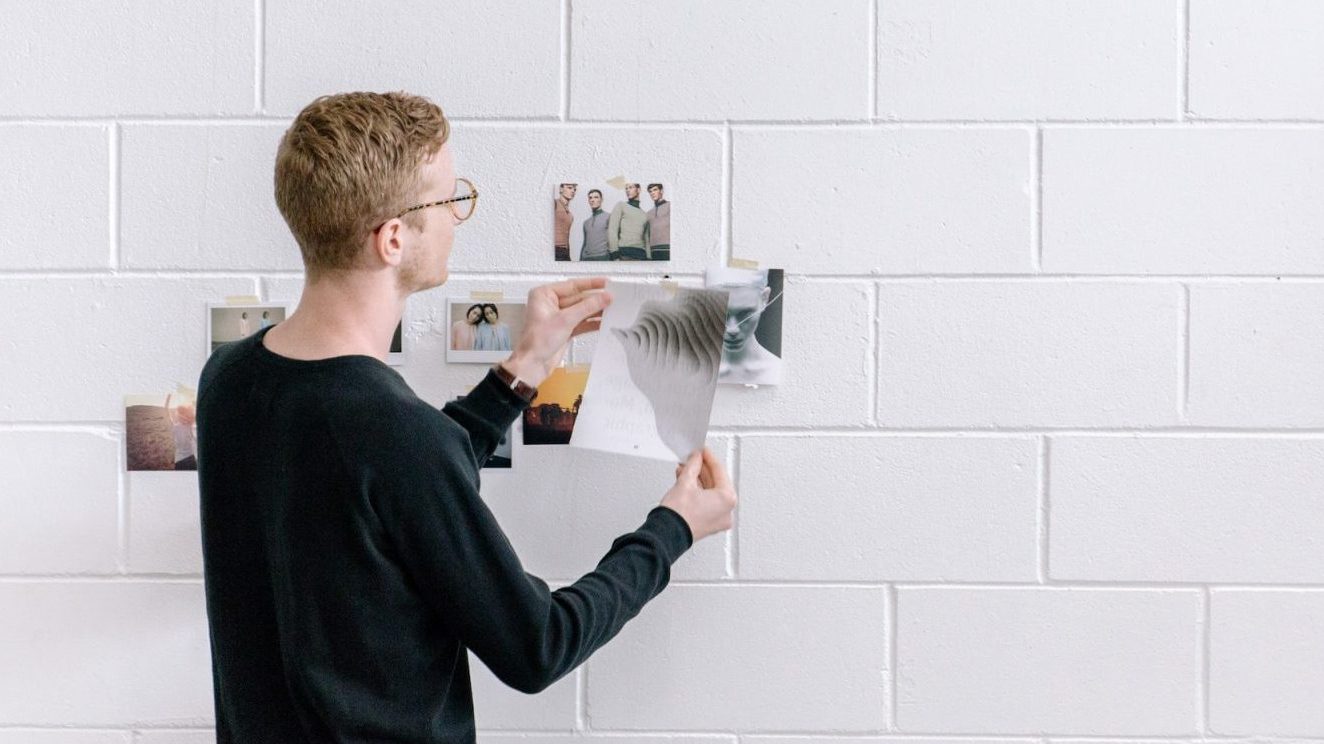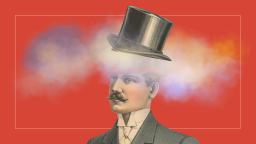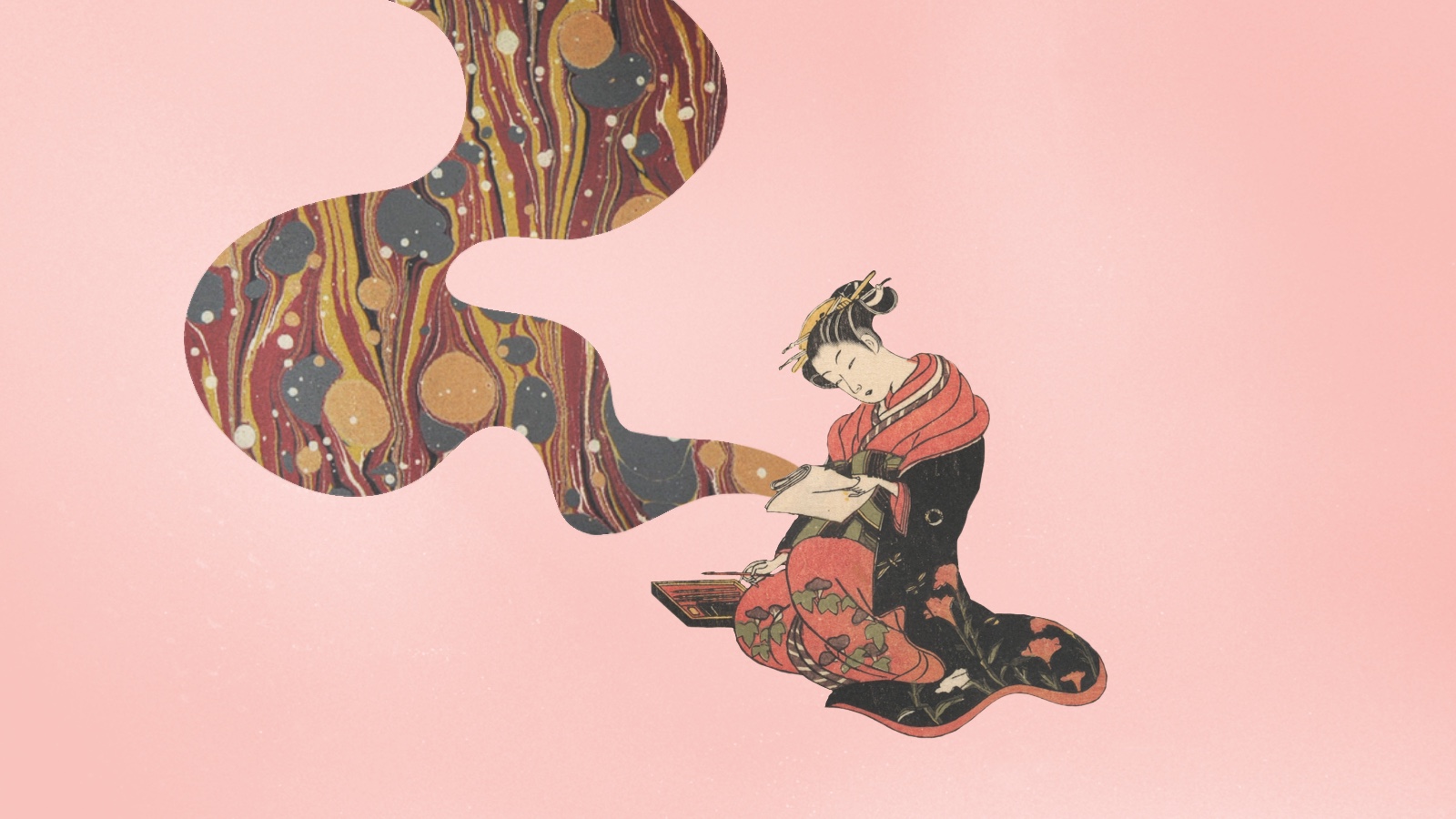- Record producer and creative thinker Rick Rubin explains the essential art of the edit.
- As editor you set ego aside and become the gatekeeper of your work.
- Take the holistic view and work toward balance and elegance.
No matter where your ideas come from or what they look like, they all eventually pass through a particular aspect of yourself: the editor, the gatekeeper. This is who will determine the final expression of the work, regardless of how many selves were involved in its construction.
The editor’s role is to gather and sift. Amplifying what’s vital and whittling away the excess. Culling the work down to the best version of itself. Sometimes the editor will find holes and send us out to gather data to fill them. Other times, there exists a wealth of information and the editor will remove what’s unneeded to reveal the finished work.
Editing is a demonstration of taste. It isn’t expressed through pointing to items we like: the music that pleases our ear or the films we revisit. Our taste is revealed in how our work is curated. What’s included, what’s not, and how the pieces are put together.
You may be drawn to different rhythms, colors, and patterns, though they might not live together harmoniously. The pieces must fit together in the container. The container is the organizing principle of the work. It dictates which elements do and don’t belong. The same furniture that suits a palace may not make sense in a monastery.
The editor is required to set ego aside. Ego pridefully attaches to individual elements of a work. The editor’s role is to remain unattached and see beyond these passions to find unity and balance. Talented artists who are unskilled editors can do subpar work and fail to live up to their gift’s promise.
Avoid confusing the editor’s cold detachment with the inner critic. The critic doubts the work, undermines it, zooms in and picks it apart. The editor steps back, views the work holistically, and supports its full potential.
The editor is the professional in the poet.
As we move closer to the completion of a project, it can be helpful to drastically cut the work back to only what’s necessary, to conduct a ruthless edit.
Much of the creative process thus far has been additive. So think of this as the subtractive part of the project. It typically occurs after all the building has been completed and the options exhausted.
Often, editing is thought of as trimming, cutting away the fat. In the ruthless edit, this is not the case. We are deciding what absolutely has to be there in order for the work to still be itself, what is completely necessary.
We are not aiming to reduce the work to its final length. We are working to reduce it beyond its final length. Even if trimming away 5 percent will leave the work at the scale you intend for it, we may cut deeper and leave only half or a third.
If you’re working on a ten-song album and you’ve recorded twenty songs, you’re not aiming to reduce it to ten. You’re shrinking it to five, to only the tracks you can’t live without.
The editor is the professional in the poet.
Rick Rubin
If you’ve written a book that’s over three hundred pages, try to reduce it to less than a hundred without losing its essence. In addition to getting to the heart of the work, through this brutal edit we change our relationship to it. We come to understand its underlying structure and realize what truly matters, to disconnect from the attachment of making it and see it for what it is.
What effect does each component have? Does it amplify the essence? Does it distract from the essence? Does it contribute to the balance? Does it contribute to the structure? Is it absolutely necessary?
With the extra layers removed, you may stand back and notice that the work is successful as it is, in its simplest form. Or you may feel that you want to restore certain elements. As long as you’re maintaining the integrity of the work, it’s a matter of personal preference.
It’s worth taking a moment to notice if any of your add-backs actually enhance the work. We’re not looking for more for the sake of more. We’re only looking for more for the sake of better.
The goal is to get the work to the point that when you see it, you know it couldn’t have been arranged any other way. There’s a sense of balance. Of elegance.
It is not easy leaving behind elements you’ve put so much time and care into. Some artists fall in love with all the crafted material to the point where they resist letting go of an element even if the whole is better without it.
“Making the simple complicated is commonplace,” Charles Mingus once said. “Making the complicated simple, awesomely simple, that’s creativity.”






